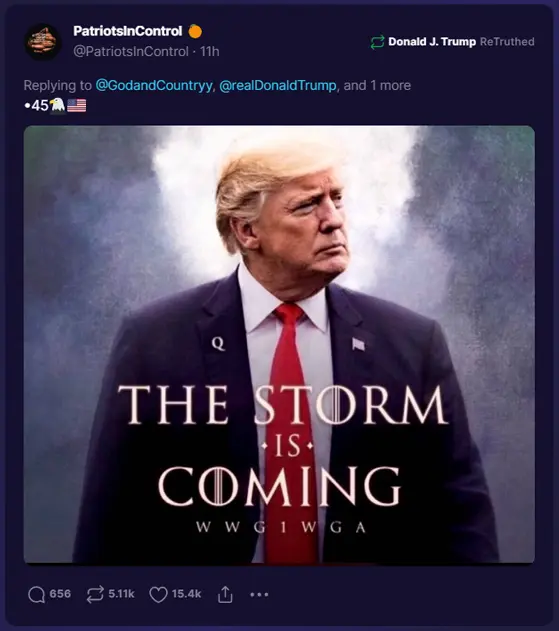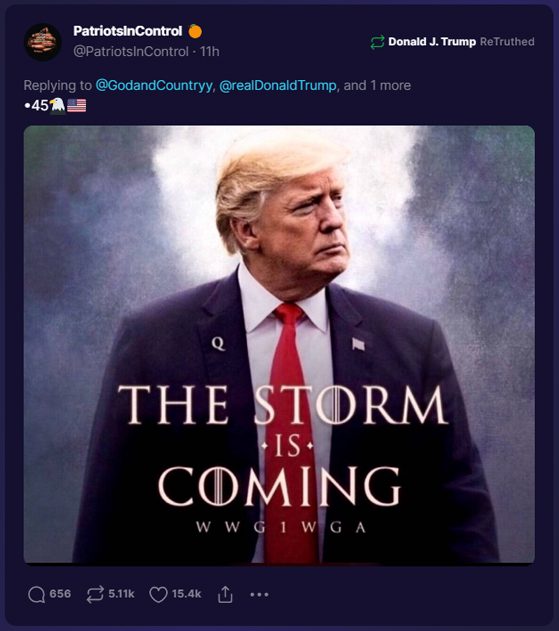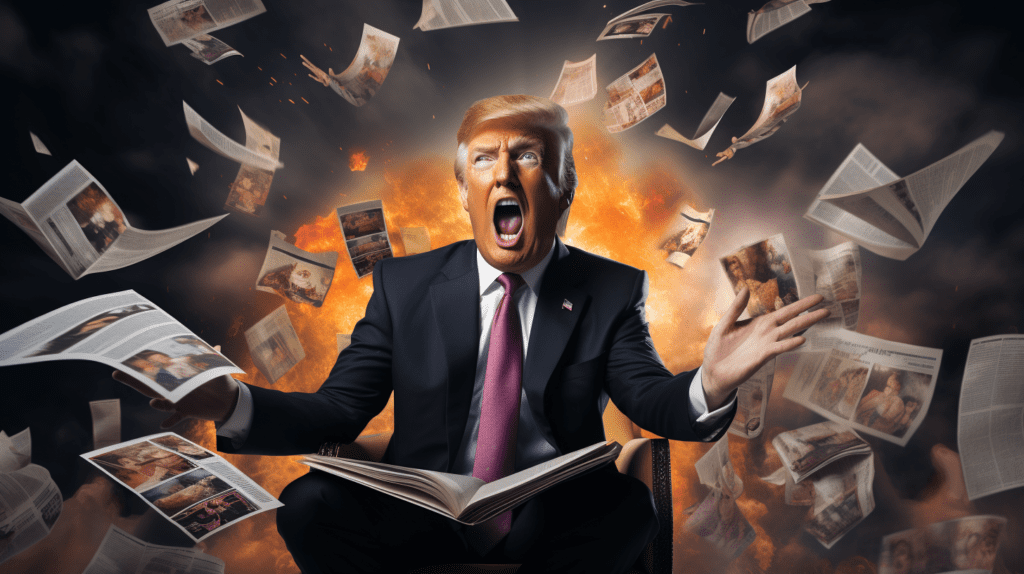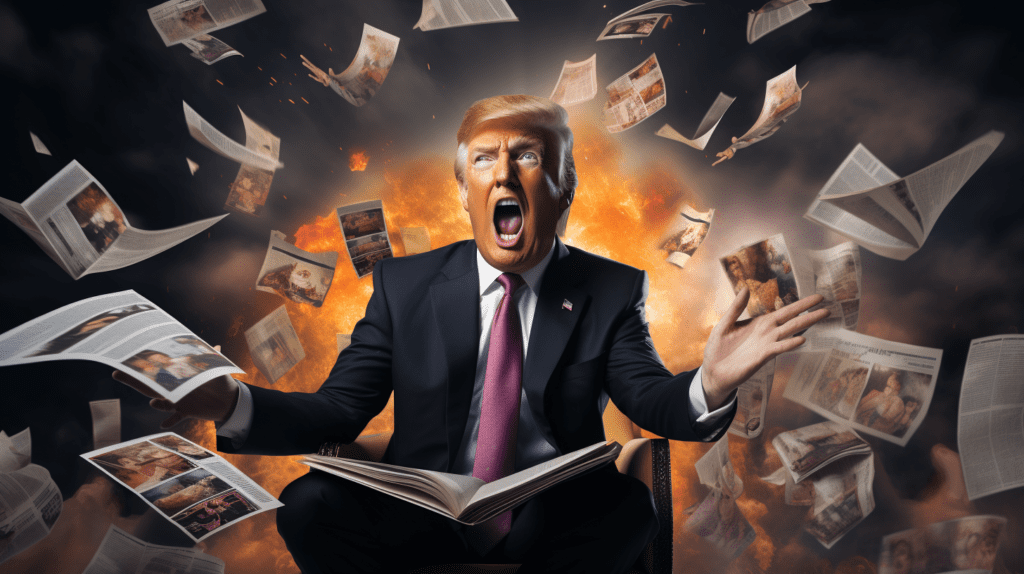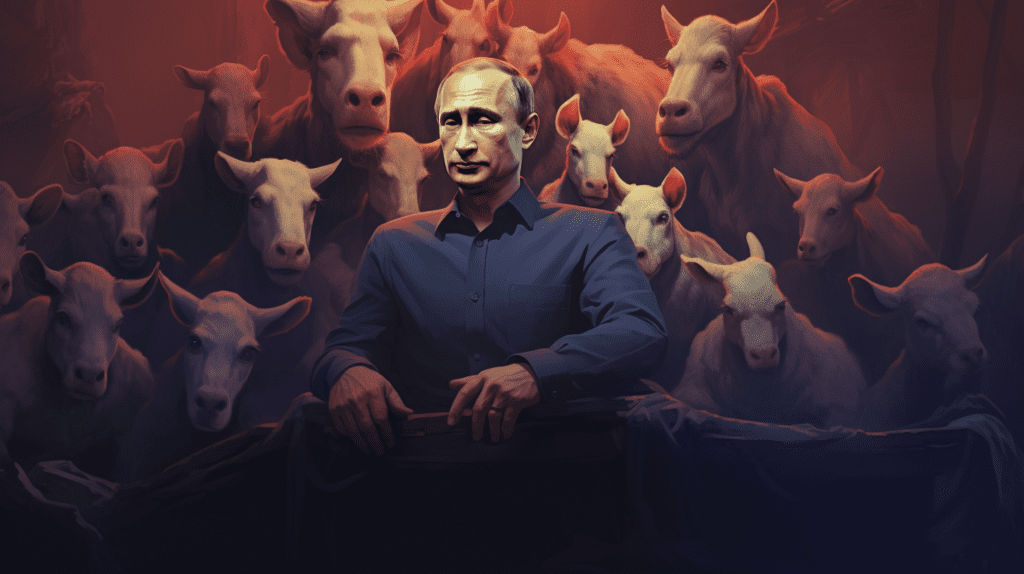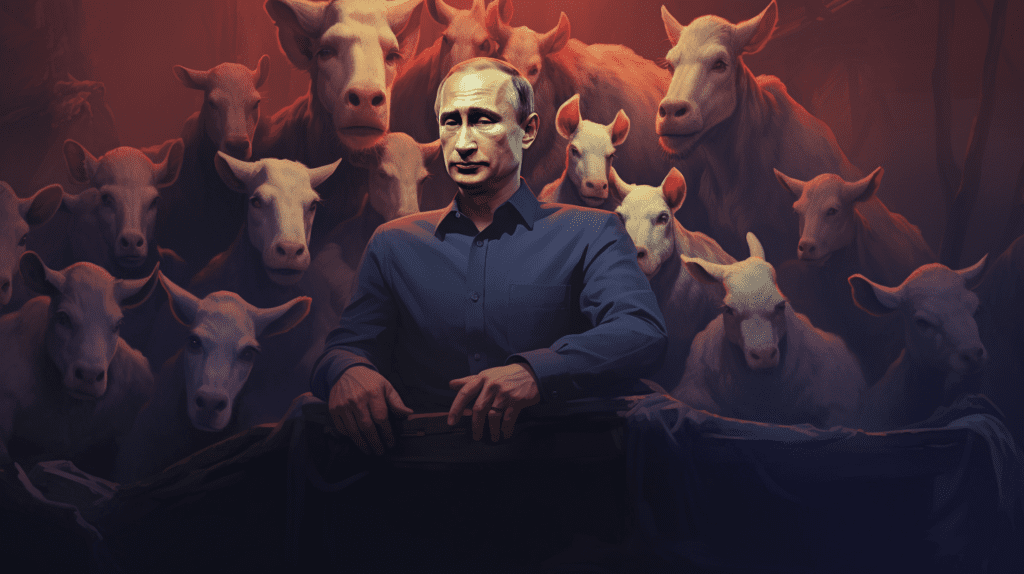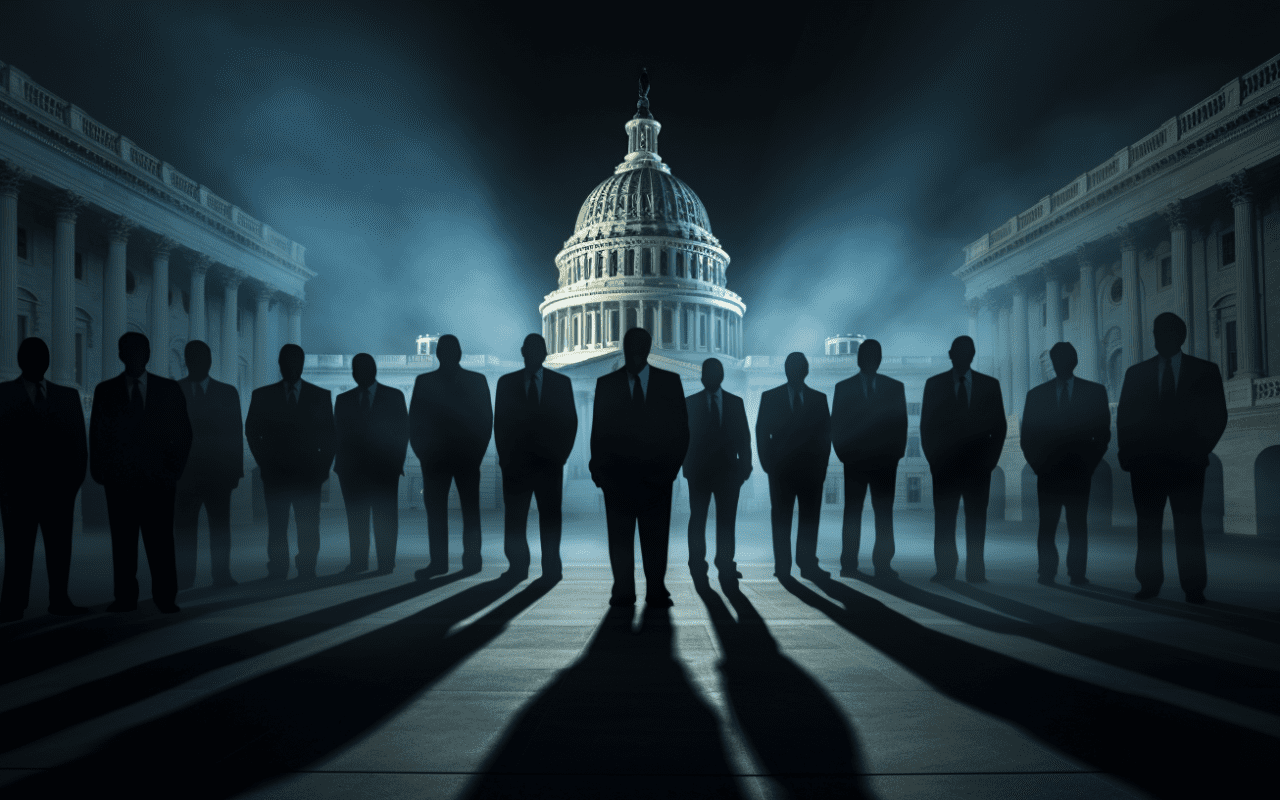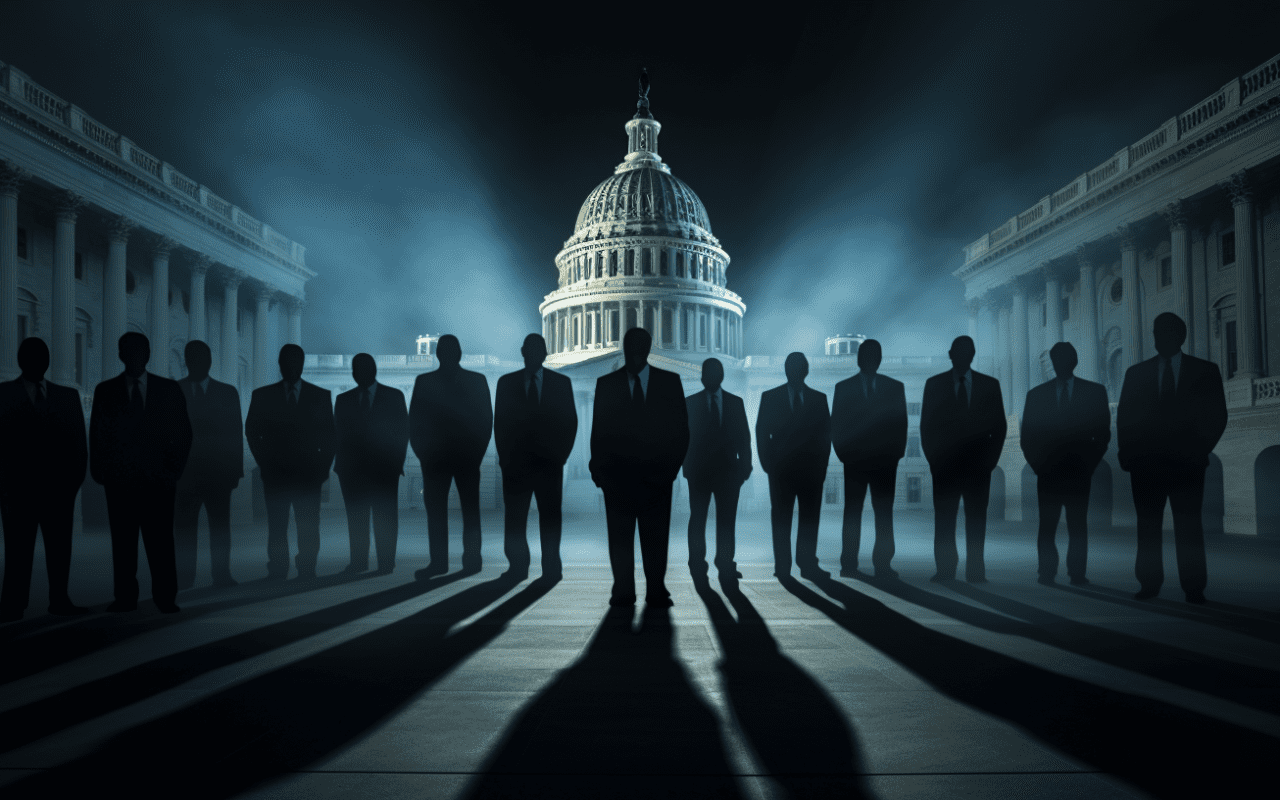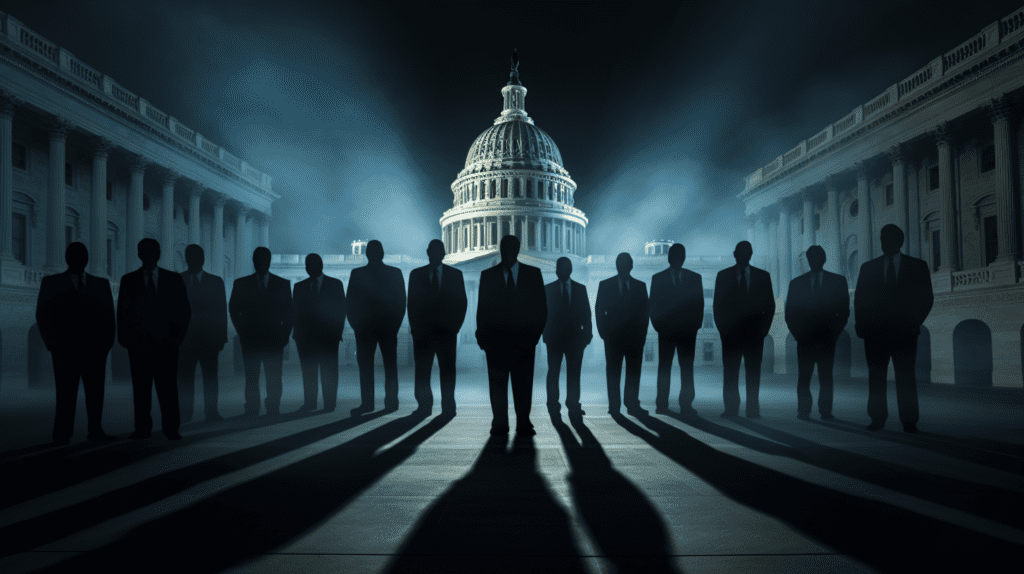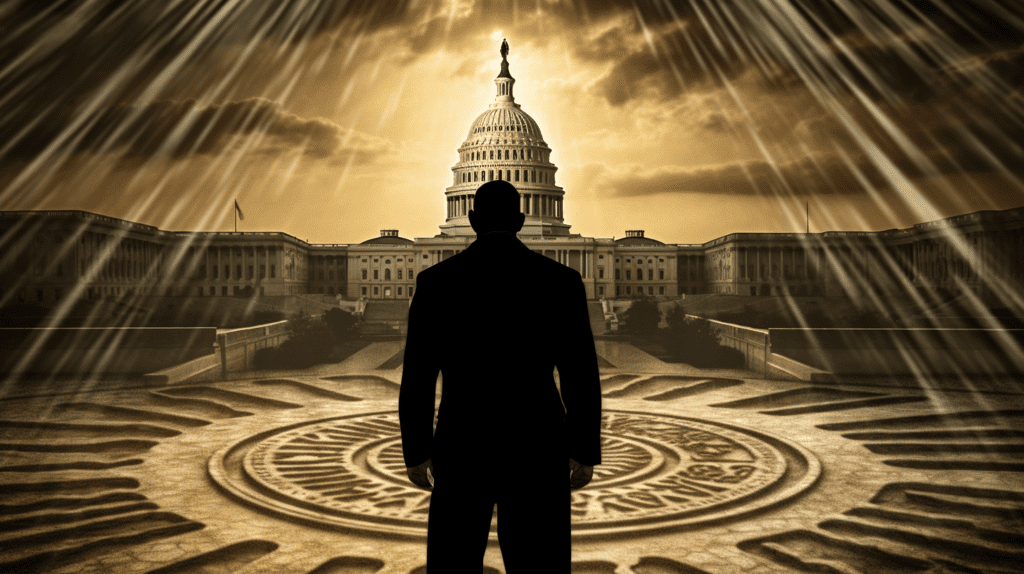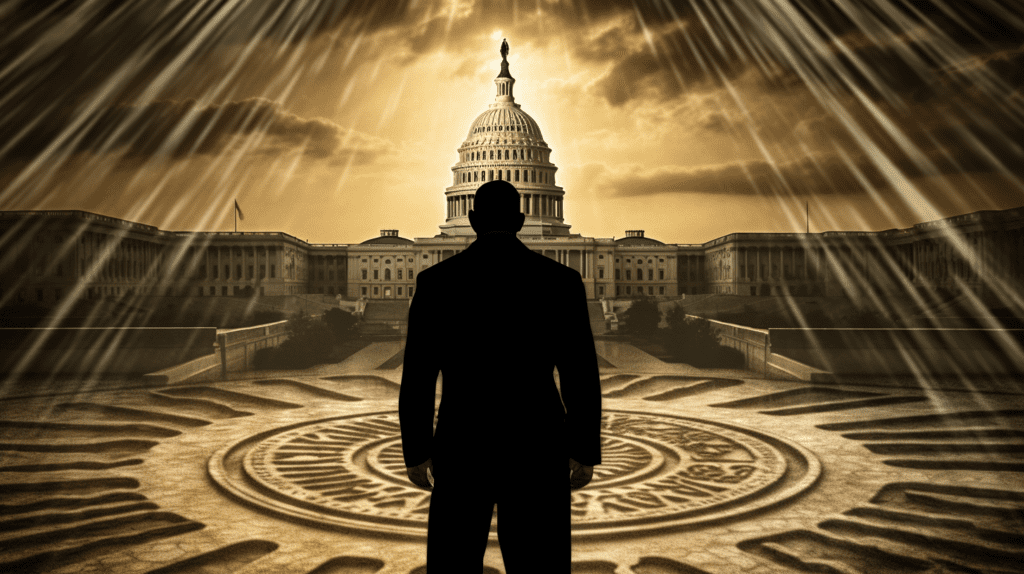The phenomenon of anti-vaccination disinformation, often referred to as the “anti-vax” movement, is a complex and multifaceted issue that has evolved over time, particularly in the United States. It intersects with public health, misinformation, societal trust, and cultural dynamics — to name a few.
History and evolution in the U.S.
The roots of anti-vaccination sentiment in the U.S. can be traced back to the 19th century. Initially, it was based on religious and philosophical grounds, with some opposition to the smallpox vaccine. However, the contemporary form of the anti-vax movement gained momentum in the late 20th and early 21st centuries.
A significant turning point was a 1998 study published by Andrew Wakefield, which falsely linked the MMR vaccine (measles, mumps, and rubella) to autism. Despite being debunked and retracted, this study sowed seeds of doubt about vaccine safety.

Key proponents and spreaders of disinformation
The modern anti-vax movement is characterized by its diversity, ranging from fringe conspiracy theorists to wellness influencers and some celebrities. The internet and social media have been crucial in disseminating anti-vaccine misinformation.
Websites, forums, and social media platforms have allowed the rapid spread of false claims, often amplified by algorithms that favor sensational content — because that’s what keeps people consuming content on the sites. It’s part of a larger process of radicalization that social media can contribute to.
Impact on society and sulture
The impact of anti-vaccination disinformation is profound and multifaceted:
- Public Health: It poses a significant threat to public health. Reduced vaccination rates can lead to outbreaks of preventable diseases, as seen with the resurgence of measles in recent years, as well as the refusal to get vaccinated to prevent the spread of covid-19.
- Trust in Science and Institutions: It erodes trust in medical science, healthcare professionals, and public health institutions. This skepticism extends beyond vaccines, impacting broader public health measures and leading to an increasing science denialism in culture more generally.
- Social Polarization: It contributes to social, cultural, and political polarization. Vaccination status has become a contentious issue, often intertwined with political and ideological beliefs.
- Economic Impact: There are also economic implications, as disease outbreaks require significant resources to manage and can disrupt communities and businesses.
Combatting anti-vaccination disinformation
Addressing anti-vaccination disinformation requires a multi-pronged approach:
- Promoting Accurate Information: Healthcare professionals, scientists, and public health officials need to proactively disseminate accurate, easy-to-understand information about vaccines. This includes addressing common misconceptions and providing transparent information about vaccine development, safety, and efficacy.
- Engaging with Concerns: It’s essential to engage respectfully with individuals who have concerns about vaccines. Many people who hesitate are not staunchly anti-vaccine but may have genuine questions or fears that need addressing.
- Media Literacy and Critical Thinking: Promoting media literacy and critical thinking skills can help individuals discern reliable information from misinformation.
- Policy and Regulation: There’s a role for policy and regulation in addressing misinformation on social media and other platforms. This includes holding platforms accountable for the spread of false information and considering policies around vaccine requirements for certain activities or institutions.
- Community Engagement: Leveraging community leaders, including religious and cultural figures, can be effective in promoting vaccination, particularly in communities that are distrustful of government or mainstream healthcare.
- Global Perspective: Finally, recognizing that this is a global issue, international cooperation and support are essential, especially in countering misinformation in low and middle-income countries.


Combating anti-vaccination disinformation is a complex task that requires a nuanced understanding of its historical roots, the mechanisms of its spread, and its societal impacts. Efforts must be multidisciplinary, involving healthcare professionals, educators, policy makers, and community leaders.
The ultimate goal is to foster an environment where informed decisions about vaccinations are made based on credible information, thus protecting public health and societal well-being. To that end, we’ve got a long way to go.




